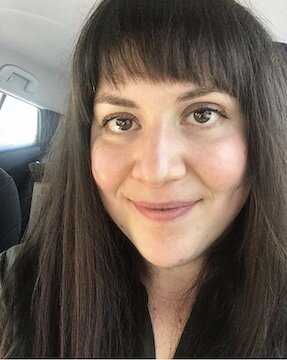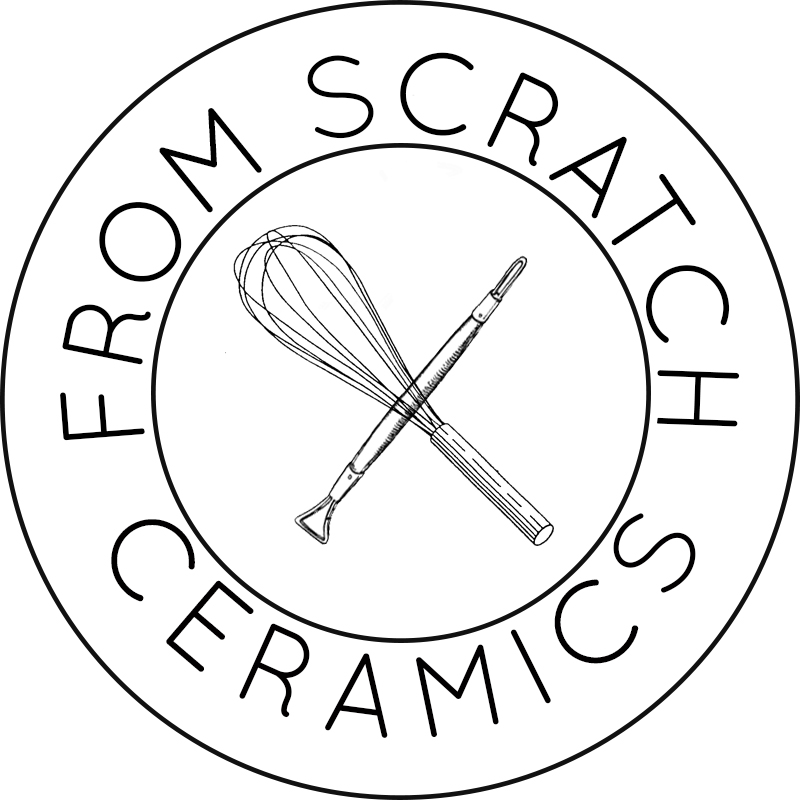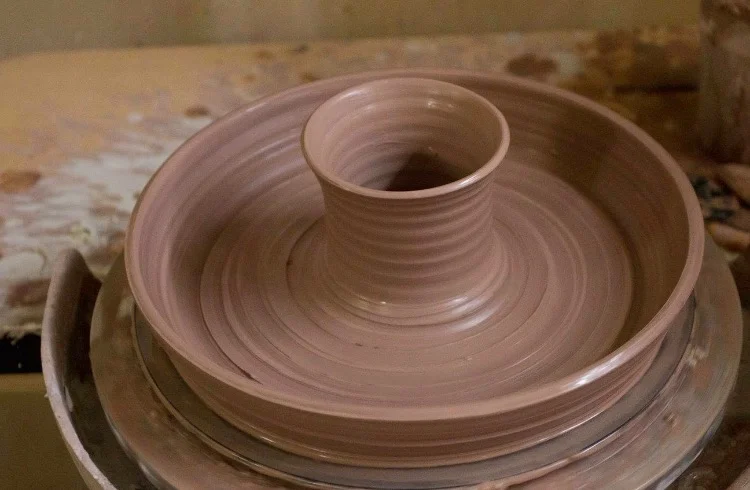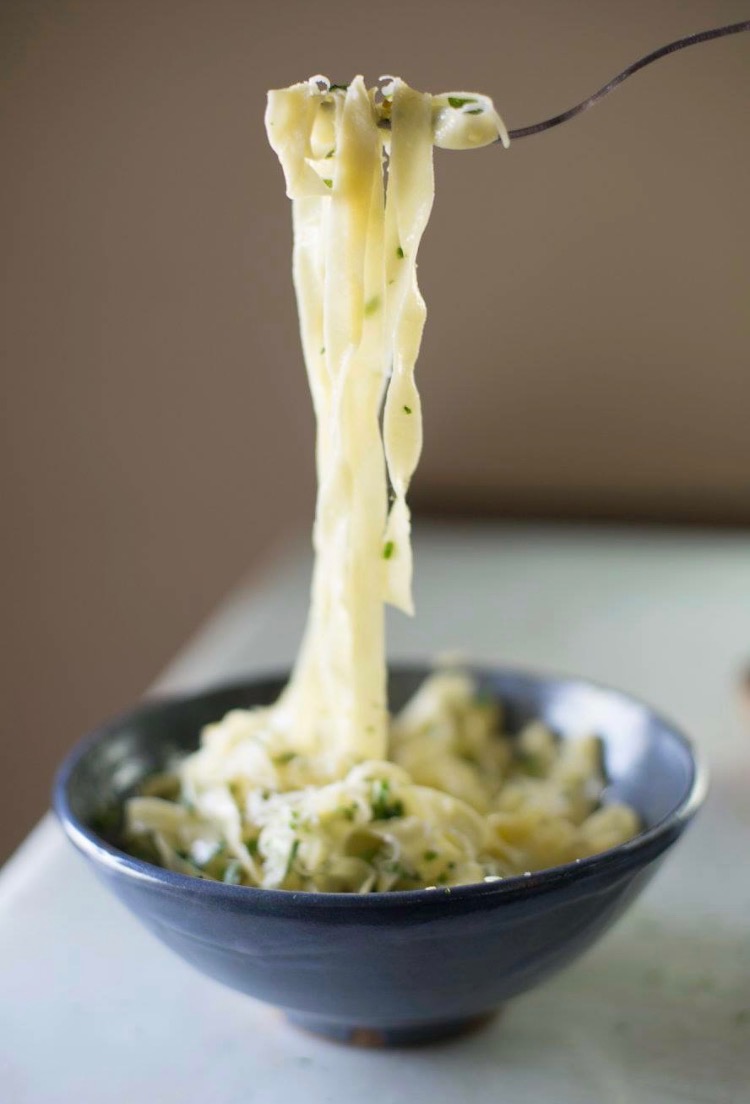Learning About Glaze!
Making a glaze for ceramics has a lot of similarities to baking. It's just a recipe. A list of ingredients that when put together, and introduced to a certain amount of heat, will actually change. They will interact with one another to create something completely different. The main difference between baking and ceramics is that I actually understand where most of the ingredients in baking come from. Flour comes from wheat, eggs come from chicken. In glaze, the ingredients are bit more far fetched. They are raw materials that come from the Earth, like silica, and calcium carbonate. I personally don't have a lot of knowledge in chemistry or geology so it's taken me a long time to just have a basic understanding.
Needless to say that I'm pretty pumped about the glaze on these bowls that I have made for the month of September. Just look at them! SIGH! and those drips!
Anyway I was thinking I should start at the beginning, with my first test tiles. So these pictures below are of the first glaze I ever made from scratch in my home studio. It was Tony Hansen's 20 X 5 base glaze, a widely known glaze recipe, that was a huge stepping off point for me.
After that first test, I was hooked. Even when I was at work, I would habitually spend my free time on google researching recipes. Piecing bits of information together, and trying to make sense of these strange, new-found materials.
The thing that I was still struggling with though, was that I didn't understand why those five ingredients made a glaze. I felt like I was trying to make a three layer cake, and I didn't even know what flour was. I needed to have a better understanding of the ingredients and the science behind how it worked. I should probably warn everyone that I am a rookie, and am still learning. This is just my basic understanding of a very complex world of glaze. So here is a quick summary about what glaze is, and how it works.
Glaze is a layer of a vitreous (glass like) substance that is fused to a ceramic piece through firing to add color, style, and waterproofing to a piece. The basic idea of creating a glaze is to melt the glass former (silica) onto a pot. Unfortunately silica melts at around 3100 F, which is just a bit too hot for the average kiln firing. So to bring down the melting point, flux (oxides) is added, since it has a lower melting point. The problem is that once the melting point has been lowered to a workable temperature (around 2300F), everything starts melting off of the piece. So to control the melting, a refractory (Kaolin or aluminium) is added to stop that flow. Finding the balance between these three ingredients is the groundwork for developing glaze recipes.
There you have it, a very simplified version of a basic glaze recipe includes: a glass former, a refractory, and a flux. Trust me, it gets way more complicated and intricate. The thing that I found most tricky is that raw materials are made up of so many things. Some materials can be both refractory and a glass former, or be a mixture of three completely different things. It's such a vast world of raw materials. They all have different characteristics, and they all react differently to one another. It’s confusing, but that is actually my favorite part. Getting to know these materials is new and exciting.
I feel like I could keep talking about everything! Like the actual process of mixing ingredients, test tiles, kiln firings. But I will leave that for another day.








